REGREEN Transforming Waste into Worth with AI-Powered Zero Waste Solutions
WASTE-TO-CLEAN REGREEN ENERGY WITH ADVANCED AI SYSTEMS
INTRODUCTION
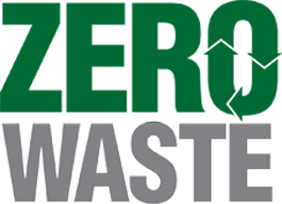
Regreen’s Artificial Intelligence-enhanced PureCycle Technology (PCT) begins by efficiently feeding waste material onto an initial conveyor, adaptable for direct input from collection vehicles or via a small loader. This AI-driven process excels in handling waste with high organic content by employing a ground-level "negative sort" that effectively separates rocks, metals, and other inert materials or contaminants, optimizing sustainability performance and reducing operational costs.
For more demanding sorting tasks, the system can integrate a smart trommel system and an elevated sorting line to enhance recyclable removal. The trommel, placed just before the sorting area, filters out smaller materials, channeling them to the ground-level sorting line. Here, a sensor and optical magnetic and current sorter systematically remove metals, rocks, and glass, ensuring compliance and improving sorting efficiency. The trommel’s configuration can be tailored to meet processing capacity requirements or specific client needs, with options to include additional advanced sorting technologies like optical sorters and air handlers to further refine the process.
The patented Regreen PureCycle Technology not only transforms solid waste into marketable products using the cleanest methods but also leverages AI to drive cost efficiency and boost environmental performance.
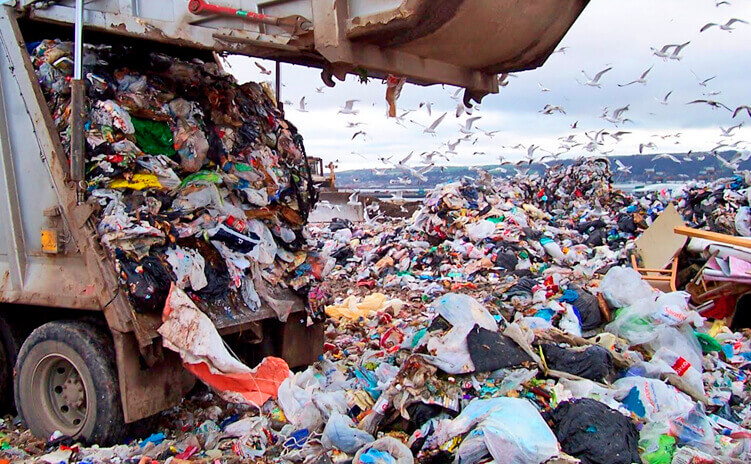
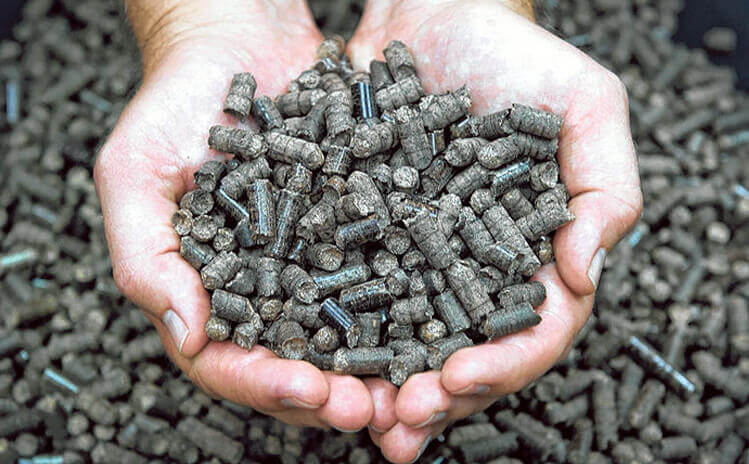
AI-Driven Sorting Systems
Predictive Maintenance
Waste Volume Reduction
Robotic Automations
Waste-to-Energy Conversion
Optimized Logistics

Types of Waste Processed
Domestic Waste /
FOOD WASTE
Waste from household activities, including food preparation, cleaning, fuel burning. old clothes and furniture, obsolete utensils and equipment. Packaging, newsprint, and garden wastes.
In lower-Income countries, domestic waste is dominated by food waste and ash. Middle- and higher-income countries have a larger proportion of paper, plastic, metal, glass, discarded items, and hazardous matter.
Institutional Waste
Waste from schools, hospitals, clinics. Government offices, military bases, and so on. It is Institutional Waste similar to both domestic and commercial waste, although there is generally more packaging materials than food waste. Hospital and clinical waste include potentially infectious and hazardous material. It is important to separate the hazardous and non-hazardous components to reduce health risks.
Industrial Waste
The composition of industrial waste depends on the kind of industries involved. Basically industrial waste includes components similar to domestic and commercial source waste, including food wastes from kitchens and canteens, packaging materials, plastics. Paper, and metal items. Some production processes, however. Utilize or generate hazardous (chemical or infectious) substances. Disposal routes for hazardous wastes are usually different from those for non-hazardous waste and depend on the composition of the actual waste type.
Street Sweepings
This waste is dominated by dust and soil together with varying amounts of paper, metal. Street Sweepings and other litter from the streets. In lower-income countries, street sweepings may also include drain cleanings and domestic waste dumped along the roads. Plant remains, and animal manure.
Commercial Waste /
Farm WASTE
Waste from shops, offices, restaurants, hotels, and similar commercial establishments: typically consisting of packaging materials, office supplies, and food waste and bearing a close resemblance to domestic waste. In lower-income countries, food markets may contribute a large proportion of the commercial waste. Commercial waste may include hazardous components such as contaminated packaging materials.
Construction and
Demolition Waste
The composition of this waste depends on the type of building materials, but typically includes soil, stone, brick, concrete and ceramic materials, wood, packaging materials, and the like.
Specialized waste in Organic variations including Green Biomass, Livestock, Hemp, Seaweed & Palm Leaves.
-
-
/

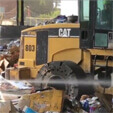
Waste to Clean Energy
15 Tons per Hour MSW Regreen Artificial Intelligence, Inc Circular Economy Process
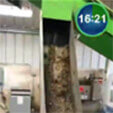
THE FACTS: How much food is wasted in America?
Regreen Zero Waste Solution/ Clean Energy Production
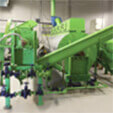
Regreen Artificial Intelligence Zero Waste / Zero Landfill to Clean Energy
Zero Waste Pyrolysis process

Waste to Clean Energy
15 Tons per Hour MSW Regreen Artificial Intelligence, Inc Circular Economy Process

THE FACTS: How much food is wasted in America?
Regreen Zero Waste Solution/ Clean Energy Production

Regreen Artificial Intelligence Zero Waste / Zero Landfill to Clean Energy
Zero Waste Pyrolysis process
time
Reduce the 1-3 weeks traditional bottleneck needed for drying hemp to less than 60 minutes. This means that the finished product can be shipped right away, greatly reducing costs for stock keeping (warehouse, security, handling, immobilized inventory, WIP, etc.)
space
Free up the space normally used for the traditional drying process. This space can now be dedicated to additional growing area or layout optimization according to the operations.
waste
Eliminates the waste disposal method, as it provides a zero waste alternative by transforming the organic waste into marketable by products.
water
It takes all the moisture extracted, filtering and recycling it, making available reclaimed filtered water. The system has the capacity to process and convert wastewater into water that can be reused for other purposes. Reuse may include irrigation of gardens and agricultural fields or replenishing surface water and groundwater.
energy
With the addition of equipment, electricity can be created from all waste incurred in the process, therefore making it fully circular with the addition of Regreen equipment.

Waste to clean energy Process
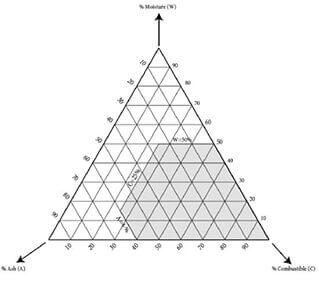
Tanner triangle for assessment
of combustibility of MSW
The types of waste described above are sent to a material recovery yard and the output of that can be categorized into TWO parts for this discussion.
1) organic waste – which contains food waste and green waste and
2) mixed waste – which contains everything that can't be recycled, reused and is not metallic or inert (stones, rocks etc).
The two types of wastes are handled differently by MOST technologies. The technologies are limited by the type of waste, amount of heat content and finally the moisture content. For example, for most technologies the waste has to have a balance of MOISTURE, COMBUSTIBLE and ASH CONTENT.
On the other hand, RGI process can take waste from either end of the spectrum. This lowers the cost of conversion by reducing the need to segregate. Still it is advisable to segregate if it is possible as the REVENUE from the output is much higher from the organic waste compared to the mixed solid waste.

Tanner triangle for assessment
of combustibility of MSW
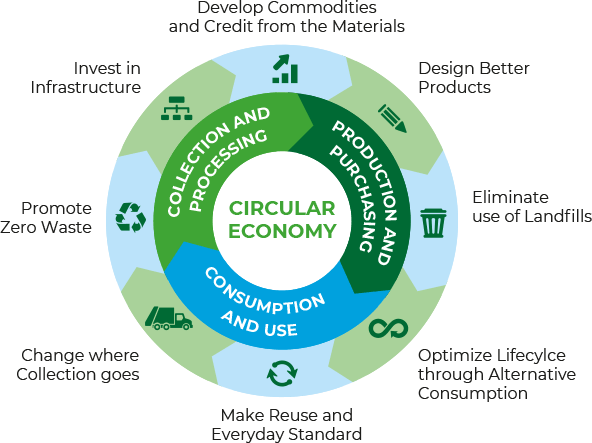
“Achieving optimal precision using AI and machine learning empowers our comprehensive governance and holistic strategy for a circular economy. We're pioneering a circular design to redefine waste with a business model built on innovation and sustainability.”
CEO & CoFounder, Alex Mardikian
Recovery facilities normally have to remove recyclable materials from the sorting line and the remaining waste is then landfilled. However, with the introduction of Regreen AI, that is no longer the case.


Regreen Artificial Intelligence, Inc. THE WASTE AGENCY
featured
insights

Recycling
Top 5 Landfills in the US
The USA has many landfills and dump yards. Listed below are the top 5 landfills in the USA.
1:07 AM GMT. February 22, 2022
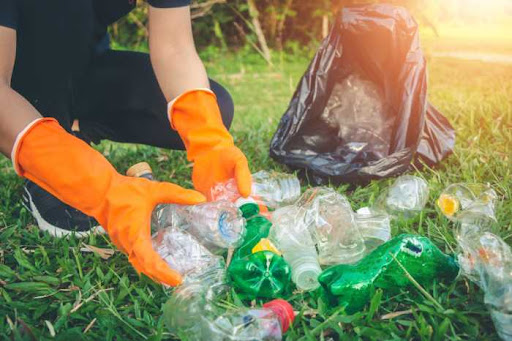
Management
What is Sustainable Waste Management?
Sustainable waste management is managing waste materials without causing damage to the environment. It is a system that focuses on the entire lifecycle from making it to using it and finally disposing of it.
11:57 PM GMT. February 21, 2022
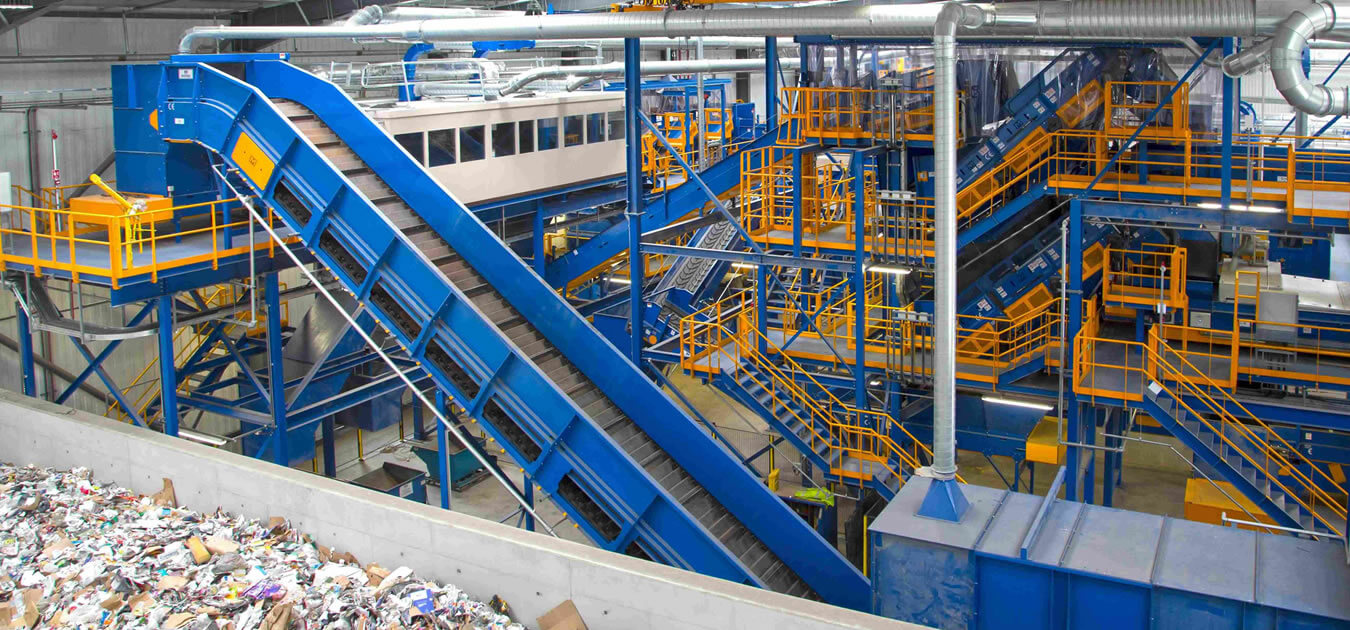
New technology
Trillions of pounds of trash: New technology tries to solve an old garbage problem
Humans generate a remarkable amount of garbage: over 2 billion tonnes per year, according to the World Bank, or approximately 4.5 trillion pounds annually. And that figure is going to grow. Global garbage is expected to reach 3.4 billion tonnes by 2050.
7:38 PM GMT. February 9, 2022
